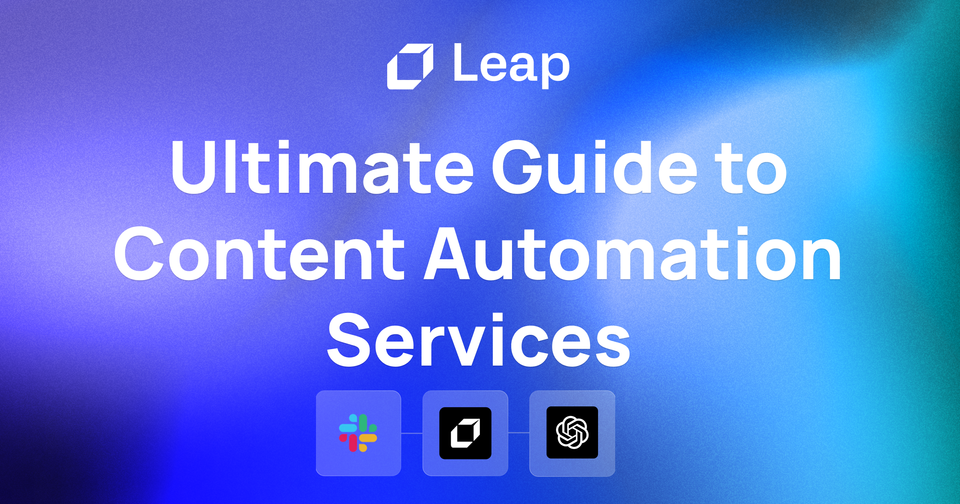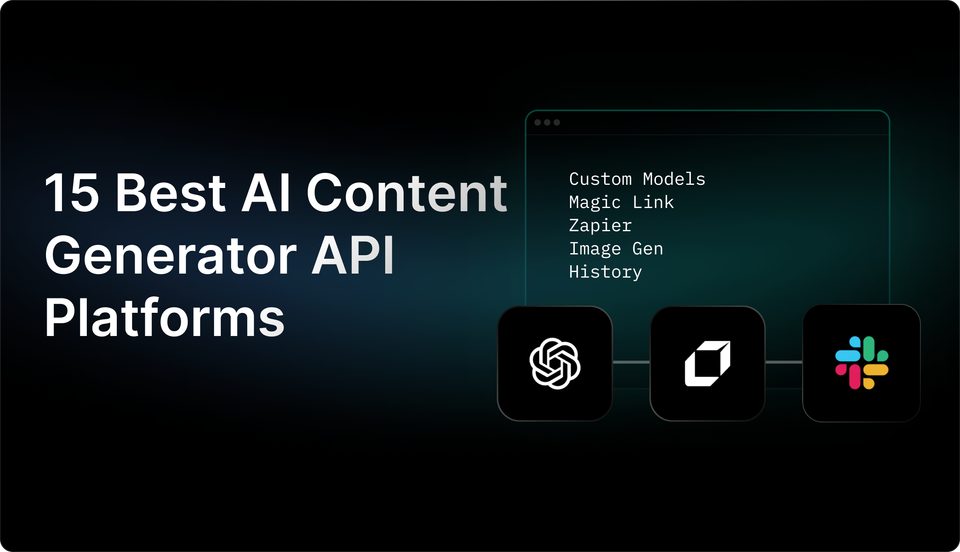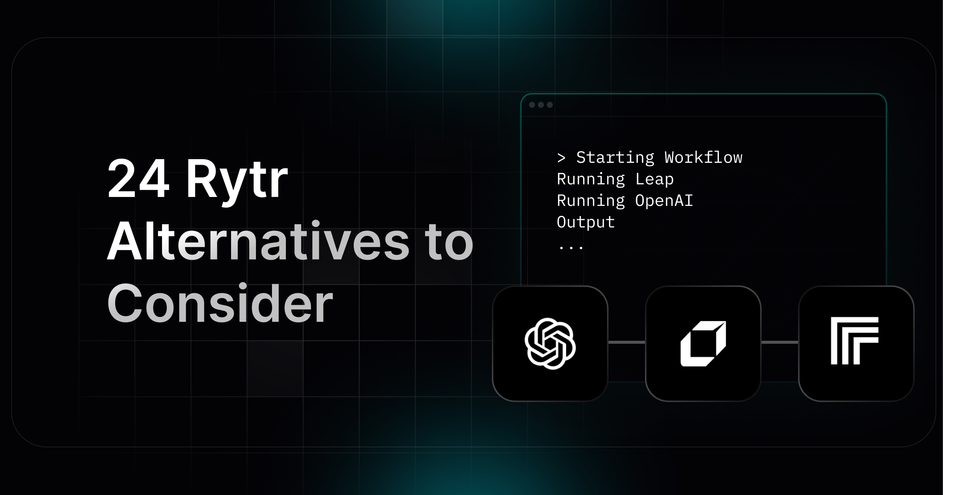The Content Ideation Playbook To Fuel Your Content Engine in 2024
Need fresh ideas to power your content strategy? Dive into this playbook for actionable tips and techniques for successful content ideation.
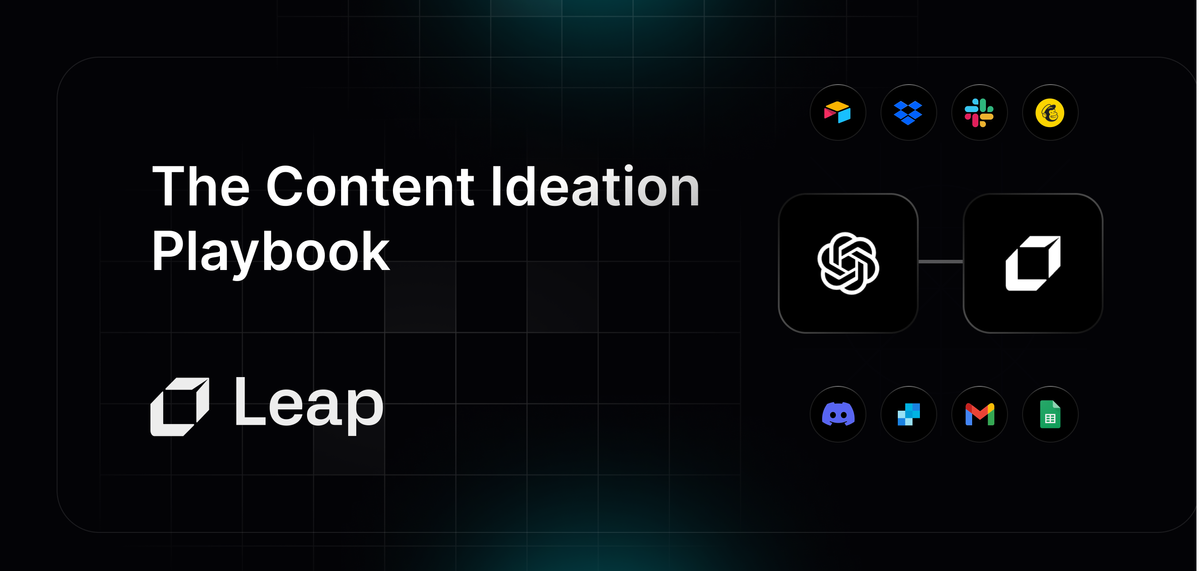
Content Ideation is a crucial aspect of any content creation process. Are you looking for fresh ways to generate new ideas for your blogs? How can you keep your content fresh and engaging? Do you need inspiration for your content? You will find all the answers in this blog post. Let us discuss the significance of content ideation and its relevance to you as a content creator. Learn how to generate fresh ideas and keep your content engaging. Have you ever faced a creative block? Do you need to develop fresh content ideas? If you answered yes to any of the previous questions, this blog post is for you.
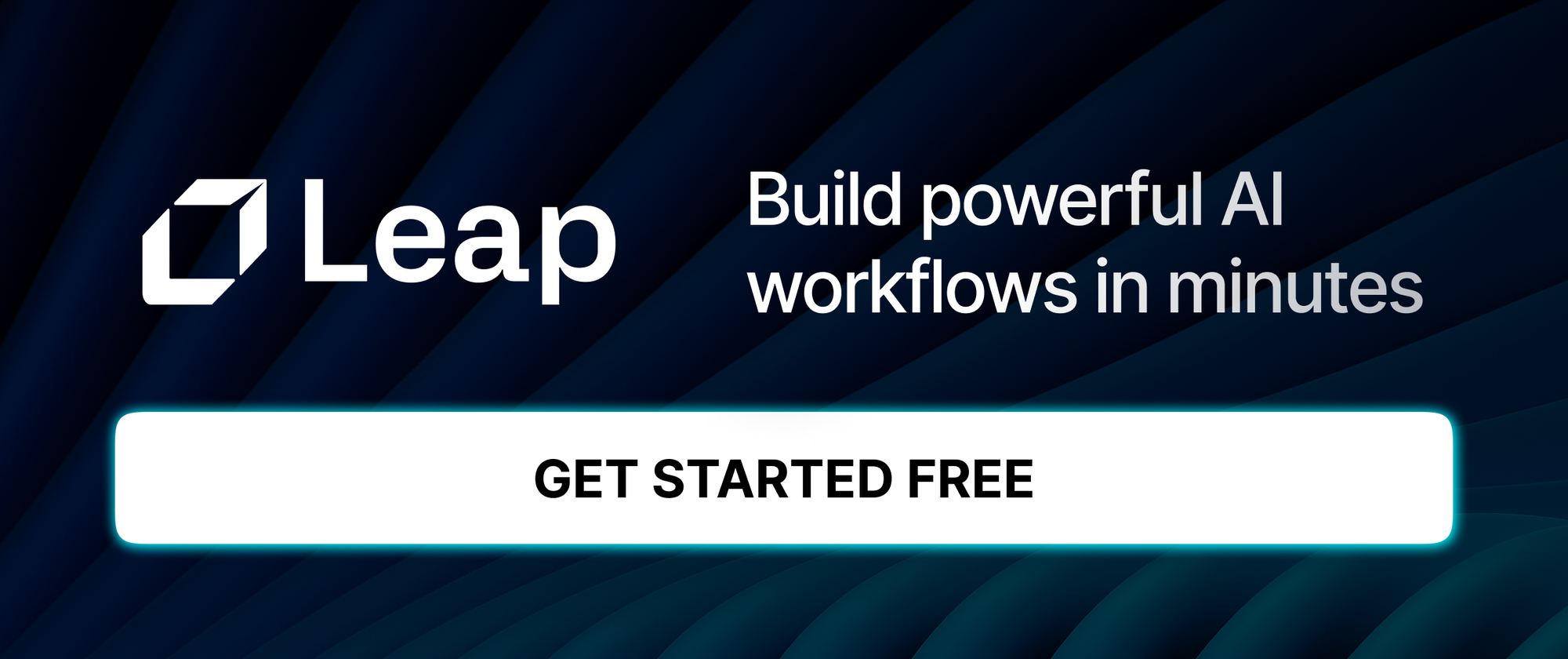
What is Content Ideation?

Content ideation is the process of generating ideas and concepts for content pieces. It is the critical first step in the content creation/marketing process because it ensures that the content aligns with the interests and needs of the target audience. Effective ideation also helps create content that supports the business and marketing goals of a company.The process of generating ideas helps uncover fresh, unique angles, and perspectives that can make the content more engaging and appealing to the audience.
Benefits of Effective Ideation
There are numerous benefits to effective content ideation.
1. It leads to higher quality and more engaging content that resonates well with the target audience.
2. This, in turn, increases the visibility of the content, leading to more shares and conversions.
3. Effective ideation also ensures more consistent content output, which is aligned with the overall content strategy of the business.
All these benefits combined contribute to the success of the content marketing efforts of a company.
Leap helps you to automate your work with the power of AI
Partnered with Zapier, Vercel, and more, Leap enables you to supercharge your work by allowing you to create custom AI automations. Create sophisticated AI automations with no-code. Connect the tools you love with best-in-class AI text, image, and audio models.
Supercharge your existing tools with seamless AI integrations to OpenAI, Microsoft, and more. From summarizing documents to voice translation, to AI call transcription, to AI avatar and asset generation, to SEO automation, to even automating the cold email creation and sending process, automate anything with Leap Workflows. The opportunities for automation are endless with Leap workflows.
Try Leap’s AI Workflows tool for free today.

Related Reading
Why Do You Need A Robust Content Ideation Strategy?

Crafting a structured content ideation strategy is essential in my opinion, as it ensures that your ideation process isn't random or haphazard. Having a structured approach to content ideation allows you to have a purpose behind the ideas you generate, resulting in more meaningful and impactful content that resonates with your audience.
A structured strategy facilitates scaling your content creation efforts, which is crucial as your business grows. Instead of relying on ad-hoc ideas, a structured approach encourages collaboration and idea sharing within your team, leading to a consistent stream of relevant content ideas. By tying these ideas to specific content themes or pillars, your content remains aligned with your overall business and marketing goals, ensuring that every piece you create serves a larger purpose.
More reasons a structured strategy is better
In addition to the above benefits, a structured content ideation strategy enables you to efficiently use your time and resources for content creation. By planning and scheduling your content calendars based on your structured ideation, you can ensure a steady flow of content that addresses various aspects of your business or industry. This approach also makes it easier to measure the impact of your content marketing efforts, allowing you to optimize your content creation process for better results in the future.
A structured content ideation strategy is a must for businesses of all sizes looking to create impactful and engaging content. By following a structured approach, you can ensure that your content ideas are purposeful, relevant, and aligned with your business goals, setting the stage for a successful content marketing strategy.
Experience the power of AI Workflows
Leap helps you to automate your work with the power of AI. Partnered with Zapier, Vercel, and more, Leap enables you to supercharge your work by allowing you to create custom AI automations. Create sophisticated AI automations with no-code. Connect the tools you love with best-in-class AI text, image, and audio models.
Supercharge your existing tools with seamless AI integrations to OpenAI, Microsoft, and more. From summarizing documents, to voice translation, to AI call transcription, to AI avatar and asset generation, to SEO automation, to even automating the cold email creation and sending process, automate anything with Leap Workflows. The opportunities for automation are endless with Leap workflows.
Try Leap’s AI Workflows tool for free today.
What are the Stages of Ideation?
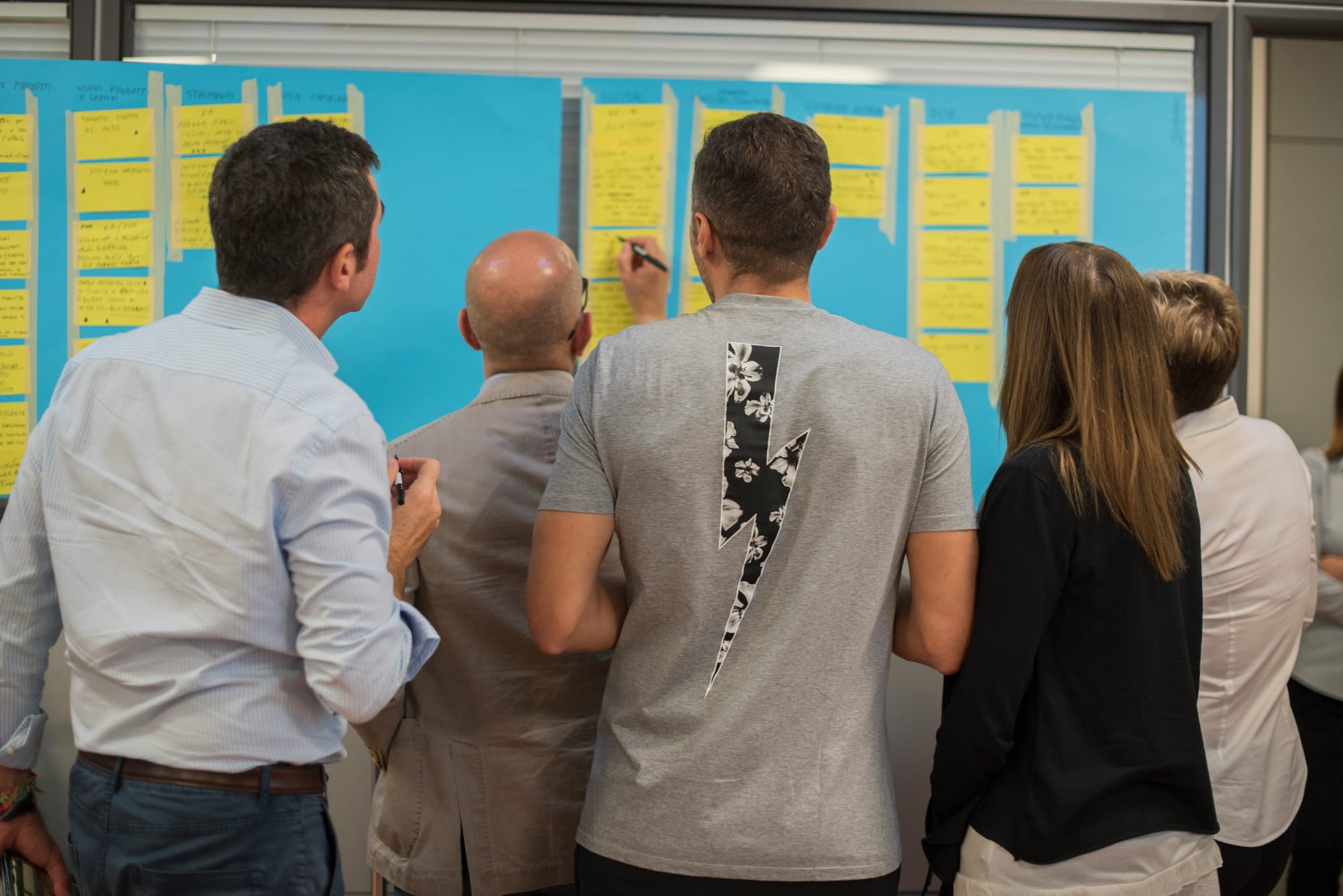
Research/Discovery: Gathering Insights
Research and discovery are paramount in the content ideation process. I begin by analyzing who my audience is, what they care about, and what is important to them. I explore my industry and keep an eye on my competitors to ensure that my ideas are both unique and relevant. I do this by sifting through keyword research, engaging in social listening, conducting surveys, and analyzing data to ensure that my content aligns with the needs and interests of my audience.
Brainstorming: The Power of Ideas
The brainstorming stage is all about generating ideas, and it is where creativity shines. I use techniques like mind mapping, free writing, and brainstorming sessions to come up with a long list of potential content ideas. These ideas are not refined at this point, but rather are a raw collection of thoughts that can be built upon later. This stage is essential for encouraging creative thinking and for building upon others' ideas for continuous improvement.
Validating Ideas: The Crucial Filter
In the validation stage, the focus shifts towards evaluating ideas. I do this by comparing ideas against specific criteria such as audience fit, differentiation, and goals. This is where weak ideas are eliminated, and the focus is directed towards stronger ones. It is crucial to evaluate ideas to focus the effort and time on those that have the most potential. Techniques like idea scoring and conducting market testing/surveys are employed in this phase.
Refinement: Adding Detail
The refinement stage is all about expanding the validated ideas into more fleshed-out concepts. Once ideas have been validated, this is the stage where they are given more depth and detail. This strengthens the potential of the idea and makes it more actionable. I accomplish this by conducting competitive analysis, gathering supporting stats, and providing examples that bolster the idea.
Prioritization: Choosing the Best Ideas
The final stage of the content ideation process is prioritization. I rank the refined ideas based on their potential impact, feasibility, and other relevant factors. Prioritization is important as it helps to identify the best ideas to execute first. Techniques like weighted scoring and building content roadmaps are used to accomplish this stage.
What are the Key Content Ideation Techniques?

Mind Mapping: Visualize Ideas for Better Content Ideation
Mind mapping is a technique that involves visually organizing ideas around a central topic. To start, you jot down a topic and then branch out related subtopics and ideas. This visual technique helps in mapping out the connections between different ideas and subtopics in a visually appealing manner. The use of colors and visuals can help in better associating ideas. This technique encourages free association and promotes creative thinking to generate unique content ideas.
Customer Research: Harnessing the Power of Voice-of-Customer Data
Customer research is the process of gathering voice-of-customer data for content ideation. It includes conducting surveys, interviews, social listening, and analyzing reviews. By asking open-ended questions, brands can gain insights into what their audience truly wants. Identifying patterns in customer feedback can help in understanding the pain points and interests of the target audience, leading to highly engaging content ideas.
Competitive Analysis: Learning from Competitors to Inspire Content Ideation
Competitive analysis involves studying competitors' content to draw inspiration for your own. By conducting content audits, gap analysis, and monitoring updates in your industry, you can identify trends and gaps that your content can fill. By looking for untapped angles and repurposing great ideas, you can create unique, valuable, and competitive content that resonates with your target audience.
Keyword Research: Uncover Search Trends to Inform Your Content Ideation
Keyword research is about identifying the terms your audience searches for on search engines. By leveraging tools like Ahrefs and SEMrush, you can find viable keywords with high search volumes in your niche. It is essential to focus on topics rather than single keywords to create comprehensive content that addresses all aspects of a particular subject matter.
Content Repurposing: Breathing New Life into Existing Content
Content repurposing involves reimagining existing content in new formats. By identifying reusable content assets, brands can update old content and present it in fresh ways. For example, turning blogs into videos, creating infographics from data-driven articles, or summarizing lengthy reports into bite-sized social media posts. This technique not only improves content reach but also boosts SEO by diversifying content types.
Leap helps you to automate your work with the power of AI
Partnered with Zapier, Vercel, and more, Leap enables you to supercharge your work by allowing you to create custom AI automations. Create sophisticated AI automations with no-code. Connect the tools you love with best-in-class AI text, image, and audio models.
Supercharge your existing tools with seamless AI integrations to OpenAI, Microsoft, and more. From summarizing documents, to voice translation, to AI call transcription, to AI avatar and asset generation, to SEO automation, to even automating the cold email creation and sending process, automate anything with Leap Workflows. The opportunities for automation are endless with Leap workflows.
Try Leap’s AI Workflows tool for free today.
Is Content Ideation the Same as Content Strategy?

Content strategy is like the blueprint of a house. It aligns an organization's content efforts with business objectives, target audiences, channels, and more. It's a high-level plan that keeps content planning and creation on track. Ideation, on the other hand, is one component of executing the content strategy. It's the process of developing and producing content ideas. Strategy is foundational, and ideation provides the creative fuel to keep the content engine running. These two elements work hand in hand to create a cohesive content plan that aligns with business goals and resonates with the target audience.
The Symbiotic Relationship of Strategy and Ideation
Strategy and ideation complement each other like the perfect dance partners. Content strategy provides guardrails for relevant ideation. It ensures that ideas support strategic goals and don't go off on random tangents. Ideas stay focused on the target audience and channels, which means they're more likely to resonate with the people who matter most.
Ideation, in turn, ensures that the strategy is fed with a constant flow of new ideas. It keeps content fresh, engaging, and innovative. In a nutshell, strategy sets the stage, and ideation populates it with relevant, timely, and engaging content. In practice, the relationship between strategy and ideation looks something like this: Strategy -> Themes/Topics -> Ideation -> Actual Content Creation.
Maximizing Impact through Aligned Content Strategy
The importance of alignment between content strategy and ideation can't be overstated. When the two are in sync, ideas support strategic goals, not just random thoughts. This alignment streamlines the process of prioritizing ideas that move key metrics.
It ensures that every piece of content created is part of a broader plan that supports business objectives. And it allows you to tie content performance directly back to the strategy. This feedback loop helps you refine your strategy over time, producing better results with each iteration. To implement these ideas effectively, try automating your content workflows.
Streamlining Content Ideation with AI-Powered Workflows
Leap helps you to power up your work with AI Workflows. With Leap, you can create custom AI automations with the tools you already love. Supercharge your content ideation process by streamlining and automating your content workflow with Leap's AI Workflows.
Try Leap's AI Workflows for free today and revolutionize the way you create content.
Related Reading
- Content Scaling
- Content Automation
- Content Workflow
- Content Marketing Automation
- How To Make Ai Content Undetectable
- How To Train Chatgpt To Write Like You
- Content Marketing Workflow
- Best Instagram Automation
- Ai Powered Content Creation
- Ai Content Optimization
- Content Planning For Social Media
- Ai Content Management
- Ai And Content Marketing
- Content Production Process
- How To Automate Content Creation
- Automate Blog Posts
- Cost Effective Content Marketing
What are the Content Ideation for Different Types of Content?

Blogs
When ideating for blogs, I focus on what readers are searching for, not just what my client wants to say. I conduct keyword research and cluster similar topics together, creating a web of interconnected posts that strengthen each other on Google.
Videos
When I'm creating video content, I think about how I can show instead of tell. I focus on the format, script, and production requirements to ensure that my storytelling translates well on screen.
Podcasts
Guest acquisition is a key consideration for podcasts. I must find guests who are engaging and knowledgeable, and I also need to ensure that the show structure flows seamlessly to maintain listener engagement.
Infographics
When creating infographics, I focus on visual storytelling and data visualization techniques to make complex information easy to digest. I often conduct research to help create shareable visuals that resonate with my audience.
Social Media
When brainstorming content ideas for social media, I think about platform norms and formats and create conversation starters that engage my audience. I use techniques like newsjacking and meme/trend tapping to stay relevant and humorous, tapping into the current cultural climate.
Academic Content
In academic content ideation, I start by defining clear research objectives and thoroughly reviewing existing literature. I then use techniques like literature review and meta-analysis, theory synthesis from various disciplinary sources, and identifying contradictory findings or alternative perspectives to create in-depth academic content.
Leap helps you to automate your work with the power of AI
Partnered with Zapier, Vercel, and more, Leap enables you to supercharge your work by allowing you to create custom AI automations. Create sophisticated AI automations with no-code. Connect the tools you love with best-in-class AI text, image, and audio models.
Supercharge your existing tools with seamless AI integrations to OpenAI, Microsoft, and more. From summarizing documents, to voice translation, to AI call transcription, to AI avatar and asset generation, to SEO automation, to even automating the cold email creation and sending process, automate anything with Leap Workflows. The opportunities for automation are endless with Leap workflows.
Try Leap’s AI Workflows tool for free today.
What Are The Key Metrics to Evaluate the Effectiveness of Content Ideation?

Measuring the success of your content is crucial for optimizing your content strategy continuously. It helps identify what is working well and what isn't, allowing you to refine your content creation process further. Key metrics to consider when measuring content success:
Content Engagement
Evaluating metrics such as views, shares, comments, and overall engagement helps to gauge how well your content resonates with your audience.
Lead Generation
Metrics related to lead generation, such as new subscribers, downloads, or sign-ups, indicate how effectively your content is converting readers into leads.
Sales/Conversion Metrics
Tying sales or conversion metrics directly to your content helps to understand how successful your content is at driving business outcomes.
Search Traffic and Rankings
Monitoring search traffic and rankings for target keywords provides insights into whether your content is effectively attracting organic traffic.
Content Production Metrics
Monitoring content production metrics, such as output and efficiency, allows you to understand how efficiently you are creating content.
Refining Content Ideation with Data Analysis
Analyzing audience preferences and behavior helps to identify the type of content that resonates most with your target audience. By understanding what topics or angles drive business outcomes, you can create content that better aligns with your business goals. You can identify the distribution channels that work best for your content, helping to optimize your content strategy further.
Assessing the ideation techniques that yield top-performing ideas allows you to focus your efforts on creating content that is more likely to succeed. Using real-time data to pivot quickly and capitalize on emerging trends helps keep your content strategy agile and responsive to changing audience preferences.
How to Improve Your Ideation Process (6 Steps)

1. Establishing Clear Goals & Criteria for Content Ideation
Establishing clear goals and criteria for content ideation is essential to ensure the success of any content creation process. Clear goals provide a roadmap for content creation, enabling teams to focus on content that meets specific objectives. It is crucial to define success metrics for content ideation, such as engagement rates, conversion rates, or lead generation.
By setting specific and measurable goals, teams can align their efforts towards achieving business objectives. Alongside goals, criteria provide a framework for evaluating content ideas. Criteria may include factors such as topic fit, novelty, demand, and alignment with the brand's voice and values. By setting clear criteria, teams can prioritize content ideas that align with their objectives and resonate with their target audience.
2. Research & Continuous Discovery
Research and continuous discovery are critical components of successful content ideation. By immersing themselves in their audience's interests, teams can gain valuable insights into the topics, formats, and channels that resonate with their target audience.
Monitoring industry trends, competitors, and adjacent spaces can help teams identify content gaps and opportunities for differentiation. By staying informed and up-to-date on industry developments, teams can create content that is relevant, timely, and valuable to their audience.
3. Systematize Brainstorming for Content Ideation
Systematizing brainstorming is key to improving the content ideation process. By building brainstorming into team schedules and workflows, teams can ensure that ideation sessions are prioritized and conducted regularly. Techniques such as brainwriting and mind mapping can help teams generate a diverse range of ideas and perspectives. By creating a structured approach to brainstorming, teams can foster creativity, collaboration, and innovation in their content ideation process.
4. Validating Ideas Before Execution
Validating ideas before execution is crucial to ensuring that content ideas meet the established goals and criteria. By scoring, surveying, or prototyping ideas cheaply, teams can gather feedback on their ideas and identify potential issues or opportunities for improvement. Validating ideas early in the ideation process can help teams weed out ideas that do not align with their goals or criteria, saving time and resources in the long run.
5. Documenting & Organizing Ideas
Documenting and organizing ideas are essential for keeping track of content ideas, ensuring transparency, and facilitating collaboration. By centralizing ideas in a transparent backlog, teams can easily access, review, and prioritize ideas. Tagging and categorizing ideas can help teams search and report on ideas based on specific criteria, such as topic, format, or stage in the content creation process.
6. Reviewing & Optimizing Regularly
Reviewing and optimizing content ideation techniques regularly is essential to adapt to changing market conditions, audience preferences, and business objectives. By analyzing performance data periodically, teams can gain insights into the effectiveness of their content ideation process. Based on these insights, teams can adjust their goals, criteria, techniques, or workflows to optimize their content ideation process continually.
Leap Helps You Automate Your Work With the Power of AI
Partnered with Zapier, Vercel, and more, Leap enables you to supercharge your work by allowing you to create custom AI automations. Create sophisticated AI automations with no-code. Connect the tools you love with best-in-class AI text, image, and audio models.
Supercharge your existing tools with seamless AI integrations to OpenAI, Microsoft, and more. From summarizing documents, to voice translation, to AI call transcription, to AI avatar and asset generation, to SEO automation, to even automating the cold email creation and sending process, automate anything with Leap Workflows. The opportunities for automation are endless with Leap workflows.
Try Leap’s AI Workflows tool for free today.
Create Game Changing Automations Today With Leap’s AI Workflows
Create Custom AI Automations with Leap
Leap is a powerful tool that allows you to create custom AI automations without the need for coding knowledge. By partnering with reputable platforms such as Zapier and Vercel, Leap enables you to integrate your favorite tools with cutting-edge AI text, image, and audio models.
With Leap Workflows, you can easily summarize documents, translate voice messages, transcribe calls, generate AI avatars and assets, automate SEO tasks, and even streamline the creation and delivery of cold emails. The possibilities for automation are truly endless with Leap Workflows, making it an invaluable asset for anyone looking to optimize their workflow efficiently.
Supercharge Existing Tools with Seamless AI Integrations
One of the key benefits of Leap is its ability to seamlessly integrate with several leading AI platforms like OpenAI and Microsoft. By connecting these platforms with your existing tools, you can transform how you work and unlock new possibilities for automation. Whether you want to boost productivity, improve accuracy, or enhance the quality of your work, Leap’s seamless AI integrations make it easy to achieve your goals.
Free Trial of Leap’s AI Workflows Tool
Leap enables you to try out its AI Workflows tool for free, providing you with an opportunity to experience the power of AI automation firsthand. By leveraging this tool, you can explore the various ways in which AI can enhance your workflow, gain insights into its capabilities, and determine how it can benefit your specific needs.
With its user-friendly interface and powerful features, Leap’s AI Workflows tool is a game-changer for anyone looking to automate and optimize their work processes.
Related Reading
- Midjourney Alternatives
- Ai Content Creation Tools
- Best Linkedin Automation Tools
- Social Media Automation Tools
- Content Automation Tools
- Writesonic Alternative
- Copy Ai Alternatives
- Jasper Ai Alternative
- Rytr Alternatives
- Wordtune Alternatives
- Ai Content Generator Api
- Content Automation Services
- Frase Alternative

